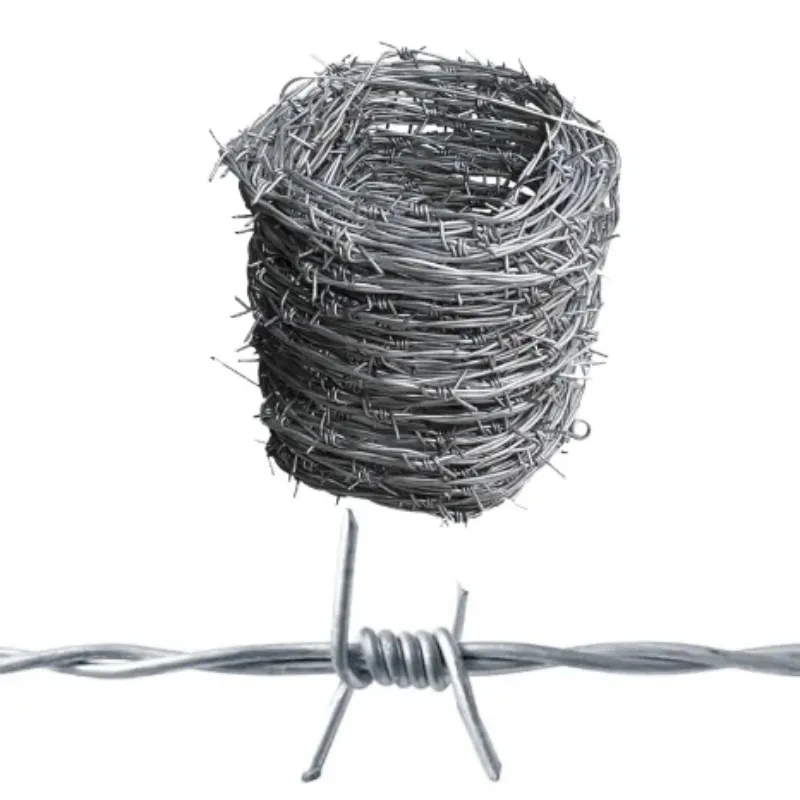-
 Phone:
Phone: -
 Email:
Email:

Innovative Solutions for Strengthening Metal Wire Ties in Various Industrial Applications
The Versatility and Utility of Tie Metal Wire
Tie metal wire, often an unsung hero in the world of construction and manufacturing, holds a significant place in various industries due to its versatile applications and inherent strength. Made predominantly from steel, iron, or other metals, tie wire is designed to bundle and secure items together—playing a crucial role in ensuring structural integrity and efficiency in numerous applications.
One of the primary uses of tie metal wire is in the construction sector. Builders extensively use it for reinforcing concrete structures, tying rebar, and securing mesh during the pouring of concrete. The wire serves as a crucial element that enhances the tensile strength of concrete, which is inherently strong under compression but weak under tension. The integration of tie wire in rebar frameworks ensures that the concrete can withstand various stresses, making structures safer and more durable.
Moreover, tie metal wire is vital in horticulture and gardening. It is commonly used to support plants and help them grow upright. Gardeners often use it to tie young trees to stakes, ensuring they grow straight and strong. The flexibility of tie wire allows for easy handling and customization based on the plants’ needs, providing excellent support without hindering growth. Additionally, this type of wire aids in the creation of trellises and other structures designed to support climbing plants, enhancing the aesthetics and productivity of gardens.
tie metal wire

In the manufacturing industry, tie metal wire is used in various applications, from bundling products for shipping to serving as a component in fabricating goods
. For instance, it’s often employed in the assembly of electronics and appliances, where it assures that components are securely held together during operation and transportation. In the automotive sector, tie metal wire may be used in harnessing wires and securing parts, underscoring its pervasive presence across different fields.The versatility of tie metal wire extends beyond construction, gardening, and manufacturing; it also finds use in art and crafts. Artists and crafters utilize tie wire for sculptures, jewelry making, and various DIY projects. Its pliability allows for intricate designs while maintaining the necessary strength. Whether creating a delicate piece of jewelry or a robust sculpture, tie metal wire can adapt to the creative whims of artisans, making it a favorite material in the artistic community.
Sustainability is an increasingly pivotal factor in today’s industries, and tie metal wire can also play a role in this regard. Many manufacturers have started producing tie wire from recycled materials, which not only reduces waste but also lessens the environmental footprint associated with new metal production. By opting for recycled tie wire, businesses and consumers contribute to sustainability and promote a circular economy.
In conclusion, tie metal wire is an indispensable component in a variety of fields, showcasing remarkable versatility and strength. Its applications in construction, gardening, manufacturing, and even art highlight its multifaceted utility, making it a valuable resource for professionals and enthusiasts alike. As industries continue to evolve, the role of tie metal wire is likely to expand, emphasizing its importance in both traditional and innovative applications. Whether securing structures, supporting plant growth, or facilitating creative projects, tie metal wire stands out as a testament to functional design and adaptability.
-
Wire Mesh for Every Need: A Practical SolutionNewsJul.25,2025
-
Steel Fences: Durable, Secure, and Stylish OptionsNewsJul.25,2025
-
Roll Top Fencing: A Smart Solution for Safety and SecurityNewsJul.25,2025
-
Cattle Farm Fencing Solutions for Maximum SecurityNewsJul.25,2025
-
Affordable Iron Binding Wire SolutionsNewsJul.25,2025
-
Affordable Galvanized Wire SolutionsNewsJul.25,2025
-
Wire Hanger Recycling IdeasNewsJul.25,2025








